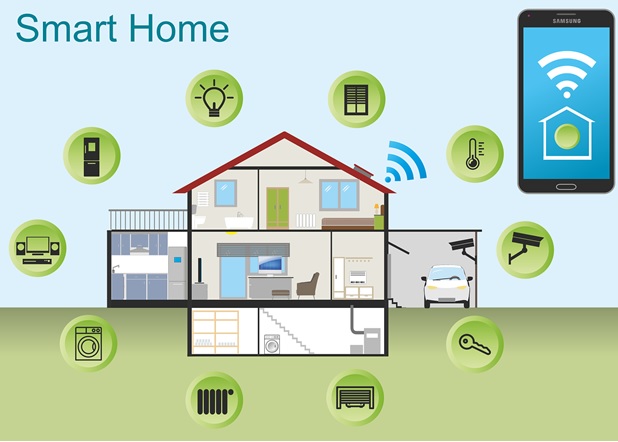
The Internet of Things (IoT) carries with it the promise of a smarter future characterised by a way more faster machine-to-machine interaction. As we live in a fast-paced smart world of smartphones and fast internet speeds. This could get even better. However, the promise of a smarter and brighter future is faced with one challenge; energy efficient wireless technologies to facilitate IoT.
Ultra-Low power wireless technology for IoT devices has for a while now been one of the most researched subjects amongst scholars and major technology companies. Their research has yielded in a couple of approaches and wireless technologies that could be used to design ultra-low powered IoT devices that consume less energy than the devices we have now.
Different Varieties of Energy Efficient Wireless Technologies for IoT
-
Z-Wave
Z-Wave is an energy efficient wireless technology that utilises RF for communication. It uses ISM spectrum of less than 1GHz range. It is ideal for small network applications, for instance, smart home and smart office applications. Z-wave has low latency and is designed to deliver small data packets. It has a working range of about 30 meters and has a transfer rate of between 9.6 to 100 kbps.
-
6LowPAN
6LowPAN stands for IPv6 low power wireless Personal Area Network. It is a wireless technology based on IPv6. Every node within the network has its own IPv6 address. It is versatile, working with multiple frequencies and physical layers, allowing small devices with limited ability for wireless information transmission.
Furthermore, it can communicate with 802.15.4 devices and others on any IP network link, for instance, Wi-Fi, Ethernet, and Sub 1GHz RF devices. Bridge devices are utilised to connect devices using these different wireless technologies. Besides being robust, 6LowPAN is scalable and has self-healing capabilities.
-
ZigBee
ZigBee is an open global standard wireless technology that operates on the IEEE 802.15.4 standard. It is aimed at addressing the unique needs of ultra low power, low-cost Machine to Machine networks. It operates in 2.4GHZ, 900Mhz, and 868MHz. Both 900MHz and 868MHz are unlicensed. It encrypts data sent through the network using 128-bit EAS encryption to ensure it is secure.
ZigBee is a low latency and low duty circle wireless network that allows devices to maximise their battery life. This wireless technology has the ability to connect numerous devices simultaneously. ZigBee Alliance has also standardised this technology to ensure that all ZigBee devices communicate with each other hence creating a uniform end user experience.
-
LoRA Wireless network
LoRa has been derived from two words Long and Range. LoRa has been designed to offer long range Machine to Machine communication and for IoT over long ranges while consuming ultra low power. It uses an unlicensed sub-GHz spectrum of 433MHz, 868MHz, and 433MHz for communication. The sub-GHz spectrum has less interference compared to the 2.4 GHz used by other protocols. At these frequencies, LoRa is able to penetrate obstacles and travel far while using up less power.
LoRa uses spread-spectrum strategy enabling the transmission of data at various frequencies and transfer rates. Therefore, it enables the gateway to pick the proper frequency for each device accordingly. It offers a long range of up to 20 KM and a long battery life of more than 10 years.
-
BLE
Bluetooth Low Energy (BLE) consumes less power than the standard Bluetooth. It first was built by Nokia in 2006. It was not until 2010 that BLE was incorporated as part of the Bluetooth standard (IEEE 802.15.1). BLE’s has since grown in popularity and adoption. It is currently supported by a good section of the smartphone and PC makers, including Android, Windows Phone, Windows 8, iOS and Linux.
IoT devices and gadgets that have BLE firmware interface have been observed to survive several months or even an entire year on small coin-cell battery. This wireless technology is already in use in fitness trackers and smart watches.
Some of these wireless technologies are already extensively used. Some of them are yet to gain steam. More others are also being conceived every passing day. It can only be hoped that going forward, IoT devices become more efficient. The only method to ensure the continued adoption of IoT is, it does not result in huge energy demand that could strain the already over stretched supply of the same.






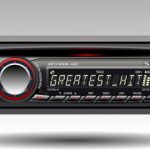

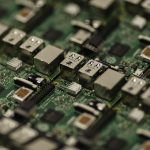
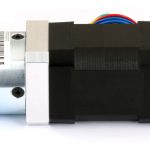





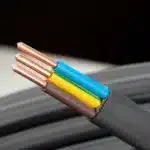





1 Comment